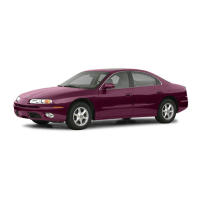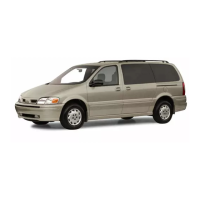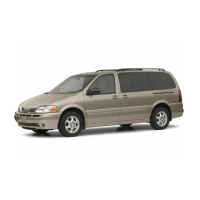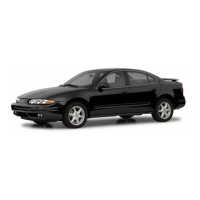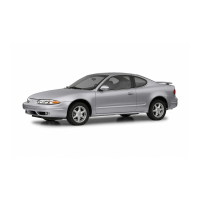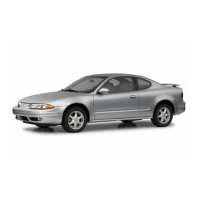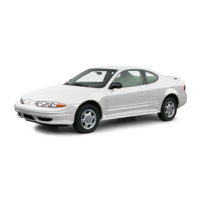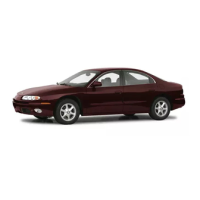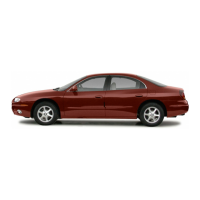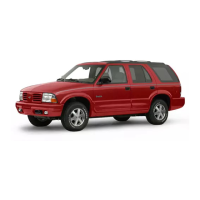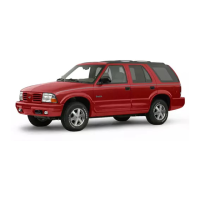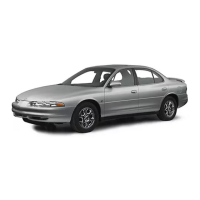Torque
Lock
If
you are parking on a hill and you don’t shift your
transaxle into PARK (P) properly, the weight of the
vehicle may put too much force on the parking pawl in
the transaxle. You may find it difficult to pull the shift
lever out of PARK (P). This is called “torque lock.”
To prevent torque lock, set the parking brake and
then shift into PARK (P) properly before you leave the
driver’s seat. To find out how, see
Shifting lnto Park
(P)
on page
2-40.
When you are ready to drive, move the shift lever out of
PARK (P)
before
you release the parking brake.
If torque lock does occur, you may need to have another
vehicle push yours a little uphill to take some of the
pressure from the parking pawl in the transaxle,
so
you
can pull the shift lever out of PARK (P).
Shifting Out of
Park
(P)
Your vehicle has an automatic transaxle shift lock
control system. You have to fully
apply
your regular
brakes
before
you can shift from PARK
(P),
when
the ignition is in RUN.
As you step on the brake pedal, while in PARK (P),
you may hear a click from the solenoid of the system.
This ensures that the system is operating properly.
See
Automatic Transaxle Operation on page
2-36.
If you cannot shift out of PARK (P), ease pressure on
the shift lever by pushing the shift lever all the way into
PARK (P) as you maintain brake application. Then try
to move the shift lever into the gear you want. If you
ever hold the brake pedal down but still can’t shift out
of PARK (P), try this:
1.
Turn the ignition key to
OFF
2.
Apply and hold the brake until the end of Step
4.
3.
Shift to NEUTRAL (N).
4.
Start the engine and then shift to the drive gear
you want.
5.
Have the vehicle fixed as soon as you can.
2-42

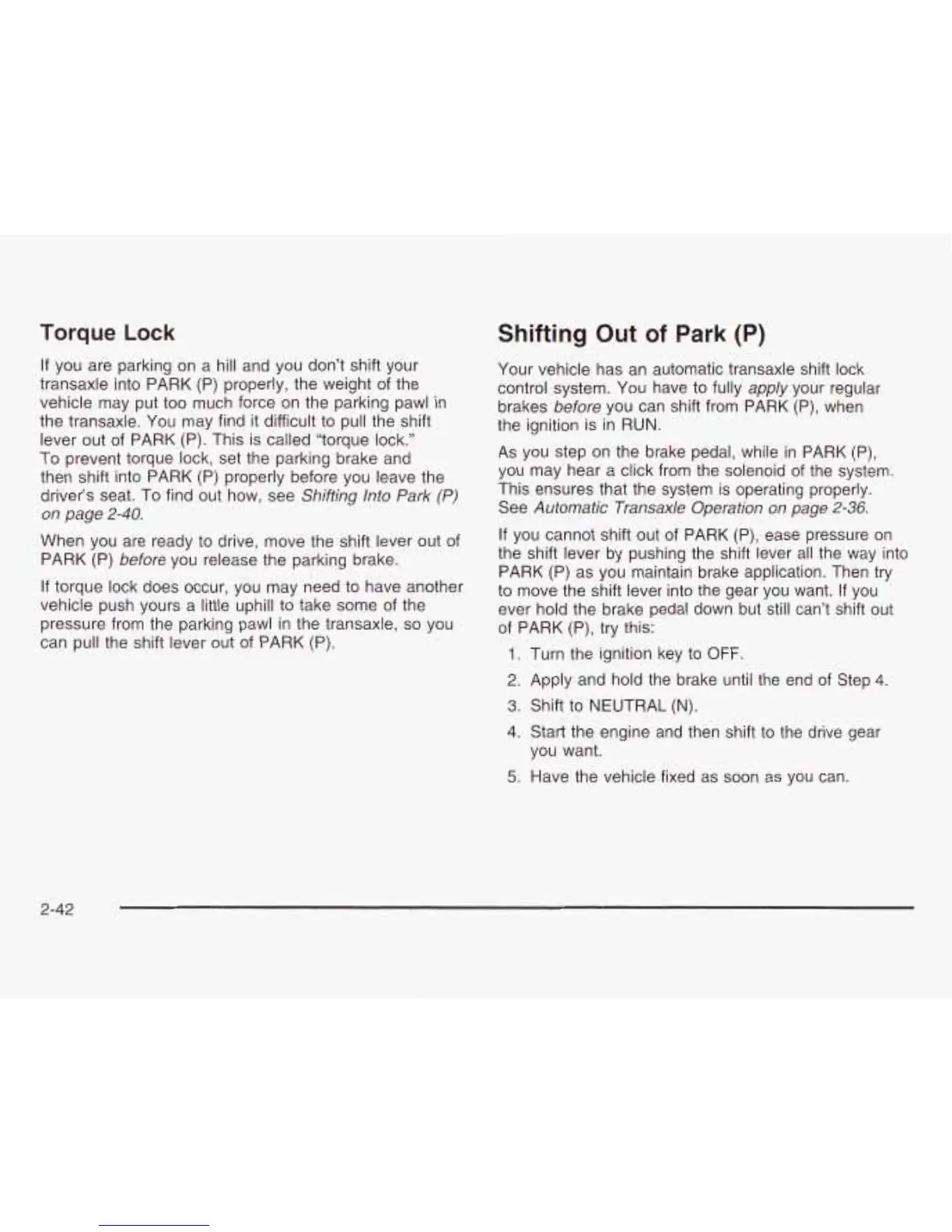